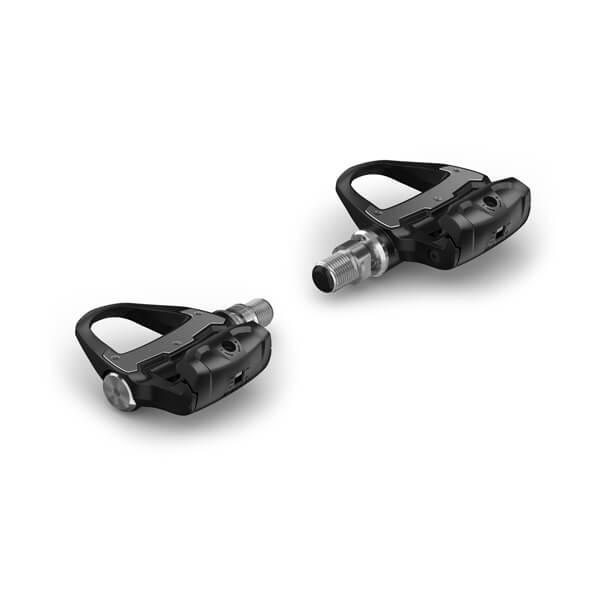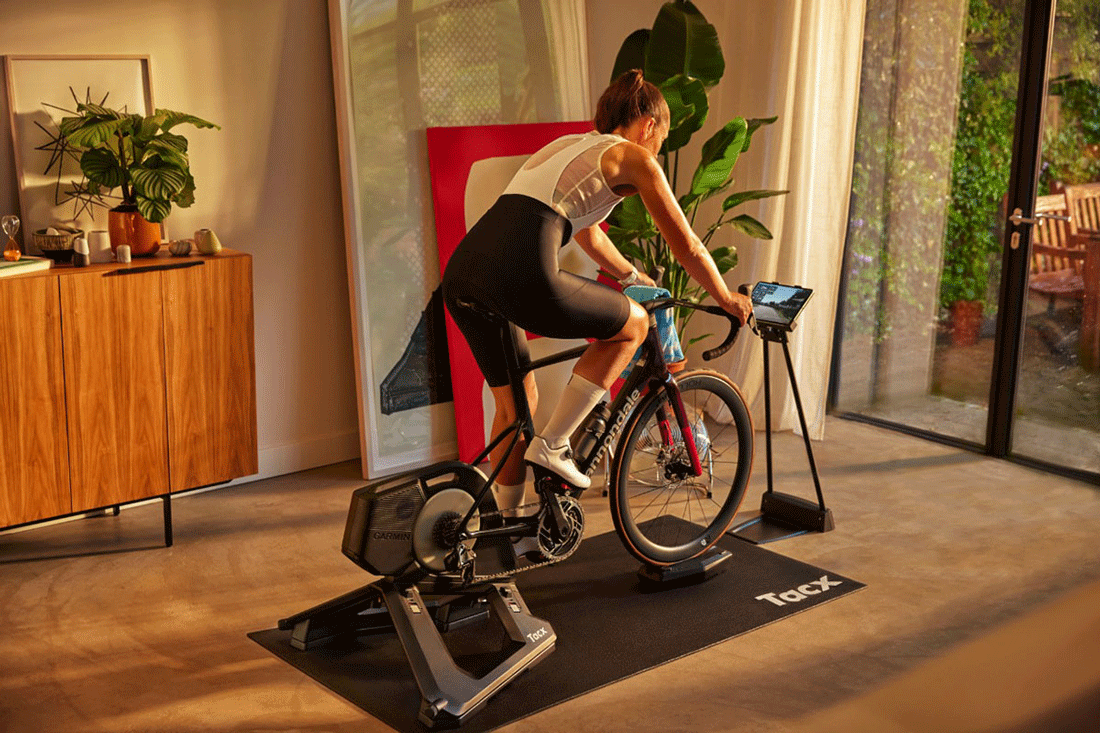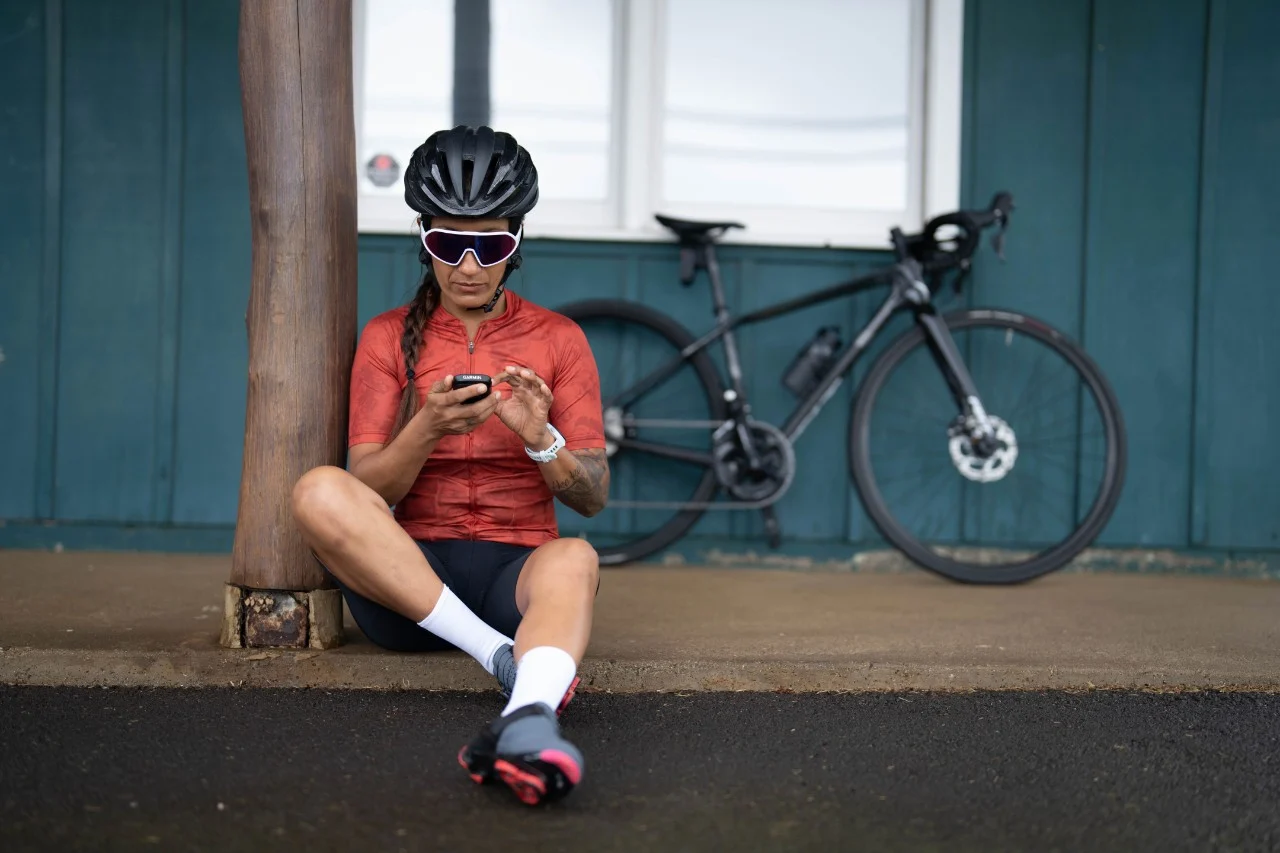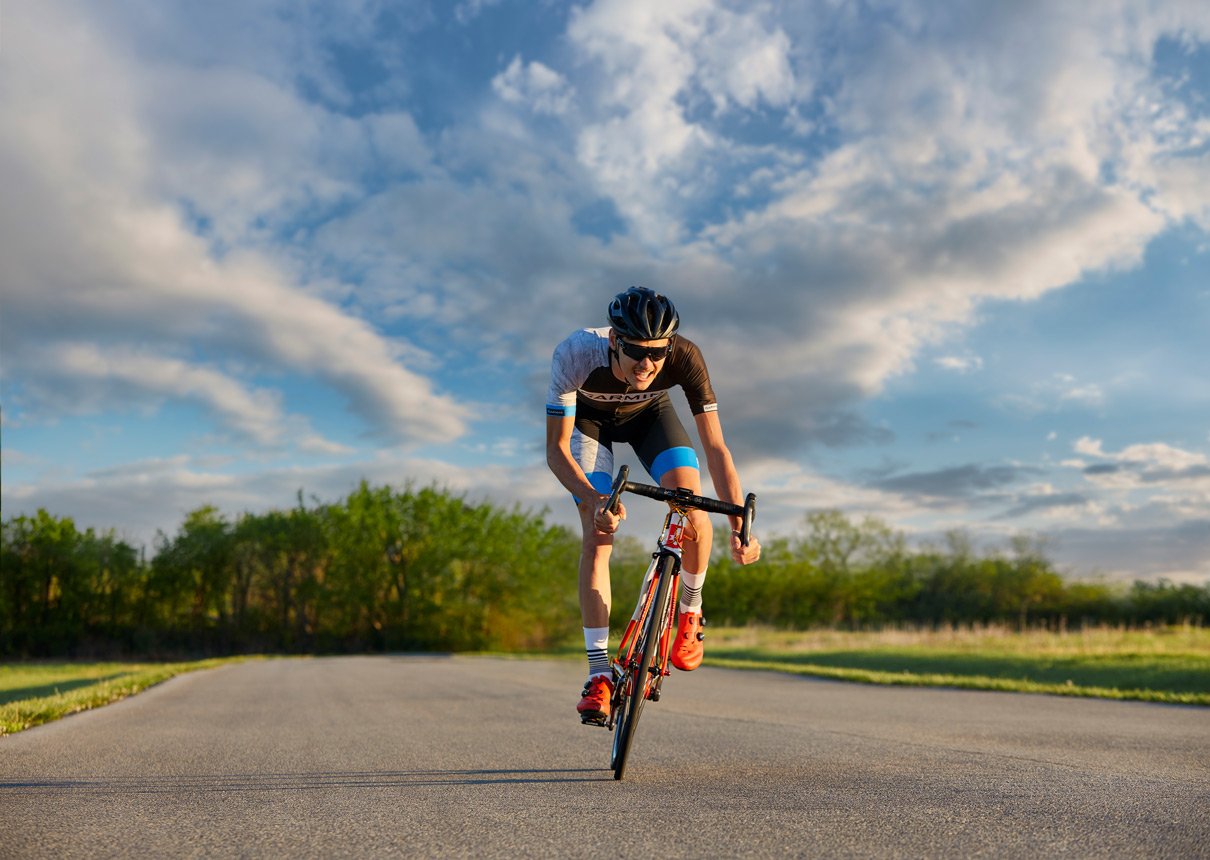
Coach’s Corner: Tips For Making The Most Out Of Your Power Meter Data
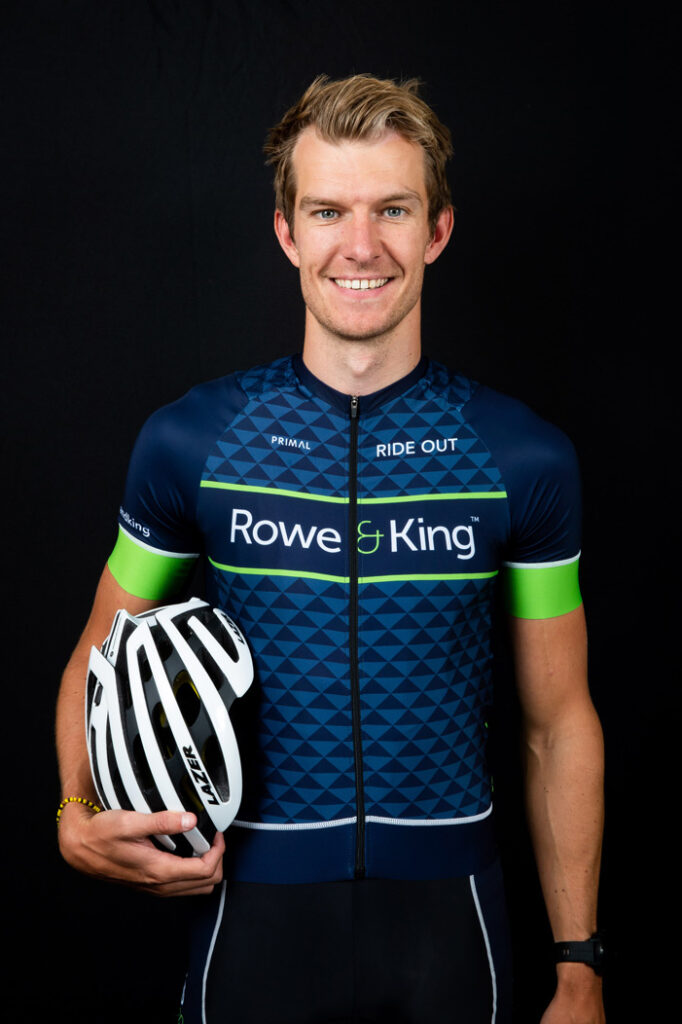
Looking to improve your training for your next race or sportive? Or maybe you just want to set some goals to improve your riding. Well, look no further. Our resident coach, Matt Rowe, is here to give you the lowdown on Cycling Dynamics and how to use the data to enhance your performance.
Aside from the obvious metrics that we expect from a Garmin; speed, distance, power, elevation etc, there are a suite of advanced metrics that are less well understood and are centred around the number 1 performance metric in cycling – power, expressed in Watts (W).
These metrics and visual displays, known as Cycling Dynamics, are provided in a dual-sided Rally or Vector 3 power meter pedal set connected to a compatible head unit via ANT+.1
Cycling Dynamics can be split into four sections:
- Seated / Standing position
Being able to analyse your ride on Garmin Connect may help you to spot patterns in your riding style. If we work on the assumption that being seated is the most efficient way to cycle (given adequate gearing for climbs), tracking when you are forced to stand out of the saddle may help you tweak your riding style / tendencies.
It may be habit to stand up out of your saddle each time you want to accelerate (and with that, your frontal area increases so you become less aero / require more power for the same speed), so making that acceleration seated, may be the more efficient way to ride.
You may notice a correlation with the way you feel after set periods when in / out of the saddle too? Does your heart rate spike when you ride out of the saddle?
Seated = Smooth = Aero = Efficient.
- Power Phase
Power Phase (PP) is a fantastic metric for depicting where in your pedal stroke you produce your power, i.e. where your leg (or each leg if using a dual-sending power meter) is generating positive torque.
Peak Power Phase (PPP) metric defines where the greatest concentration of positive torque is generated – i.e. where you are strongest.
There may be a difference between your left and right leg’s power phase, which you can look to improve by lengthening the proportion of the pedal stroke with positive torque generation, or you may be able to identify which muscle group is weakest and perhaps holding you back?
- Platform Center Offset (PCO)
PCO measures where force is applied, relative to the centre of the pedal and is measured in millimetres. A positive value (e.g. 4) indicates increased force 4mm outside from the centre of the pedal, whilst a negative value (e.g. -7) indicates increased force toward the inside of the pedal – data available in real time, on your Edge device.
It is unrealistic to target a PCO of 0 – where force is applied perfectly through the centre of the pedal. The key use of PCO is to note trends through a long ride, i.e. if after 4 hours your PCO becomes increasingly positive on one side, it may mean tight / overly fatigued muscles are allowing your knee to fall out of line – becoming inefficient, but more importantly increasing risk of injury!
- Right/Left Balance
Duel-sensing power meter pedals measure the power each leg is producing, in real time – with the aim being for each leg to contribute 50% of your total power, for an efficient and symmetrical pedal stroke.
A significant force production imbalance between your right and left leg can cause earlier and more significant fatigue, and with it, a reduction in power and ultimately speed on your bike. The reality is, whether due to biomechanics or an injury – the human body rarely produces a perfectly symmetrical pedalling stroke, but that’s ok!
Rather than pursuing ‘perfection’ – which rarely exists – pursue improvements.
Your right/left balance can only be meaningfully measured when ‘under tension’, that is when producing a focused effort, so Zone 3 and above. Try riding at your FTP for 10 minutes, and see what your R/L Balance is.
When fresh and riding easy, your dominant leg will likely over-compensate, because you are not forcing yourself to be efficient.
How do you improve your R/L Power Balance? It may be a case of a bike fit, to work on a riders pelvis position on the saddle, or it may be more muscular strength related, in which case some single-leg drills on the bike, or strength & conditioning work in the gym may be required. However, it may amaze you how simply focusing on trying to pedal more evenly can help!
1Cycling Dynamic data will not transmit via Bluetooth
